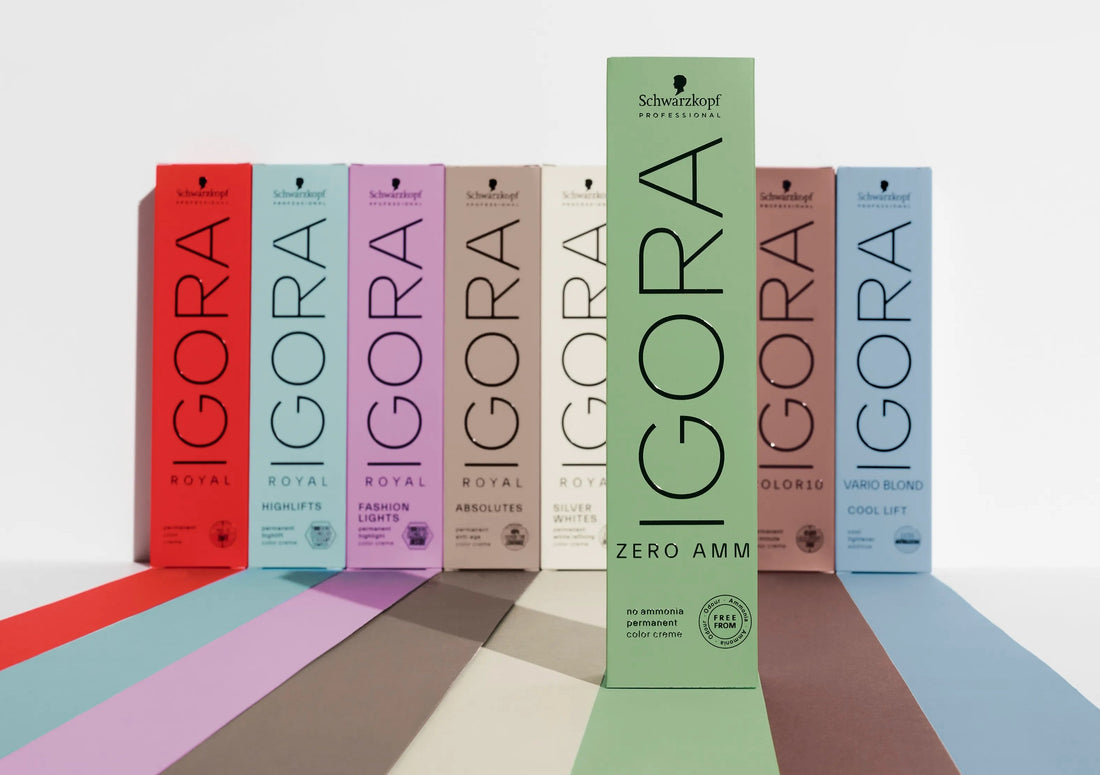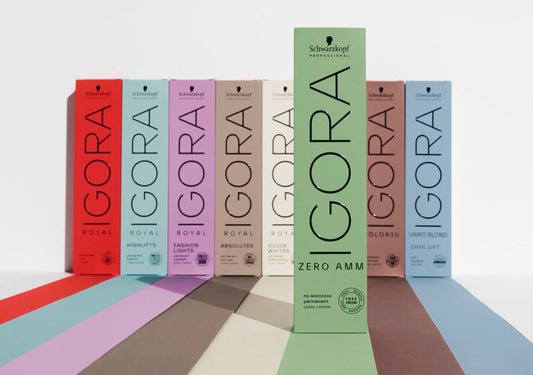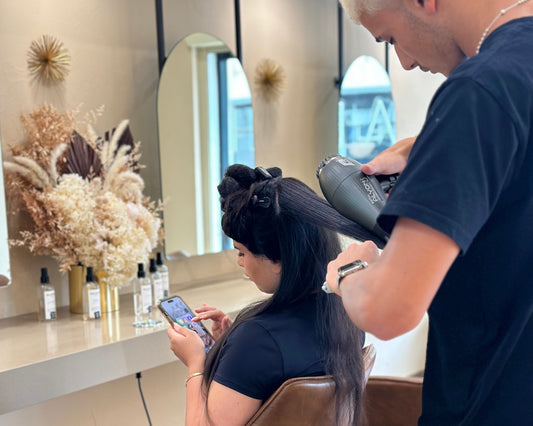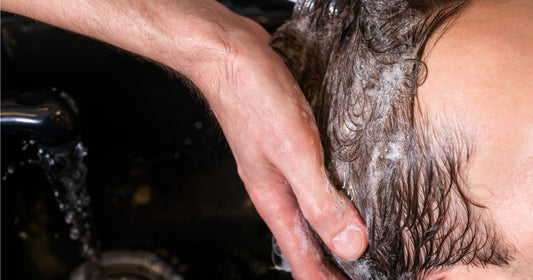The safety of hair colours often piques curiosity, particularly for those eyeing a makeover. With a plethora of products on the market, each flaunting diverse formulations and perks, it's crucial to sift through the details and debunk any myths. Let's take a stroll through the world of hair colour safety, shedding light on alternatives for sensitive scalps while acknowledging the long-established use of ammonia-based colours backed by scientific evidence.
First and foremost, it's vital to acknowledge the extensive history of ammonia-based hair colours and their safety record. Ammonia has been a mainstay in hair dyes for over a century, playing a pivotal role in the colouring process by opening the hair cuticle and facilitating the penetration of colour molecules. Scientific studies consistently affirm the efficacy and safety of ammonia in hair dyes, with regulatory bodies such as the European Union and the Australian Therapeutic Goods Administration (TGA) endorsing its use within specified concentrations.
Furthermore, ammonia-based hair colours undergo stringent testing to ensure their safety for consumer use. These tests encompass skin sensitisation studies and irritation assessments, which evaluate the potential for allergic reactions and adverse skin effects. The outcomes of these studies corroborate the safety of ammonia-based hair colours when used as directed, providing peace of mind to consumers and professionals alike.
Despite the proven safety of ammonia-based hair colours, individuals with sensitive scalps may favour alternatives that offer a milder experience. Thankfully, the beauty industry has responded to this need by introducing ammonia-free hair colour options. These formulations utilise alternative alkaline agents, such as ethanolamine or MEA, to achieve vibrant results without compromising safety or efficacy.
Ammonia-free hair colours are particularly advantageous for individuals with sensitive skin or those prone to allergic reactions. By eliminating harsh chemicals like ammonia, these products mitigate the risk of scalp irritation and contribute to a more comfortable hair colouring experience. Additionally, many ammonia-free formulations are enriched with nourishing ingredients that help maintain the health and vitality of the hair, further enhancing their appeal to consumers seeking a holistic approach to hair care.
In conclusion, the safety of hair colours is underscored by scientific evidence, affirming the efficacy and time-honoured use of ammonia-based formulations. While ammonia-free options cater to individuals with sensitive scalps, it's essential to acknowledge that both types of products offer viable choices for achieving desired hair colour results. By making informed decisions and considering individual preferences and sensitivities, individuals can confidently embrace the transformative power of hair colouring while prioritising the health and well-being of their hair and scalp.
References:
- European Commission. (2016). Commission Regulation (EU) 2016/1198 of 22 July 2016 amending Annex III to Regulation (EC) No 1223/2009 of the European Parliament and of the Council on cosmetic products. Retrieved from https://eur-lex.europa.eu/legal-content/EN/TXT/PDF/?uri=CELEX:32016R1198&from=EN
- Australian Government, Therapeutic Goods Administration. (2022). Hair Dyes. Retrieved from https://www.tga.gov.au/hair-dyes




